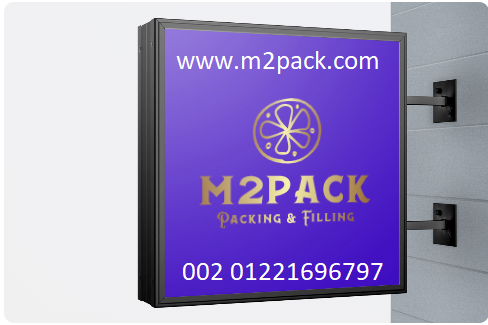The mass aligns with the adjacent urban fabric axis to keep the geometric continuity of

the city. The landscape interacts to the expansion and deforms, pushing the relief
towards the site boundary. The gradual deformation due to construction phasing
generates a new landscape topography – the Science Park – capable to host walking
paths above and the Planetarium underneath. Building mass and landscape coexist in a
dynamic equilibrium.
THE SCREEN OF TIME
MUSEOLOGY CONCEPT
The interior exhibition sectors attach to the Orientation Hall and are conceived as three
major entities: The collection exhibition represents the history of the pure scientific
knowledge organized in branches, the interactive exhibition represents local needs.
CELL ROTATION
Cell rotation along z-axis transforms space between cells into three major qualities:
arcade, walking path and plaza.
CELL VARIATION
Cell differentiate to create city organs to fulfill different experiences and functions.
The generative cell is the void cell. Its purpose is to create the exterior shell and shade
the interior. It can evolve into a vertical garden, an office functional space with an
atrium, an exhibition space, or an auditorium space. Some cells also evolve to service
cores for circulation, wet spaces and MEP shafts.
the visualization of the scientific knowledge and finally the temporary exhibition
represents the constant evolving and innovative application of science in everyday life.
An exterior itinerary adjacent to the building mass takes place under the shaded areas of
the void cells creating an explorative path of historical scientific events in the Science
Park. The exhibition sectors of the science park are organized in a historical sequence
of B major exterior entities. The museology concept is conceived as a multiple ring
system where the visitors can experience the interior and the exterior into a strong
relation:



